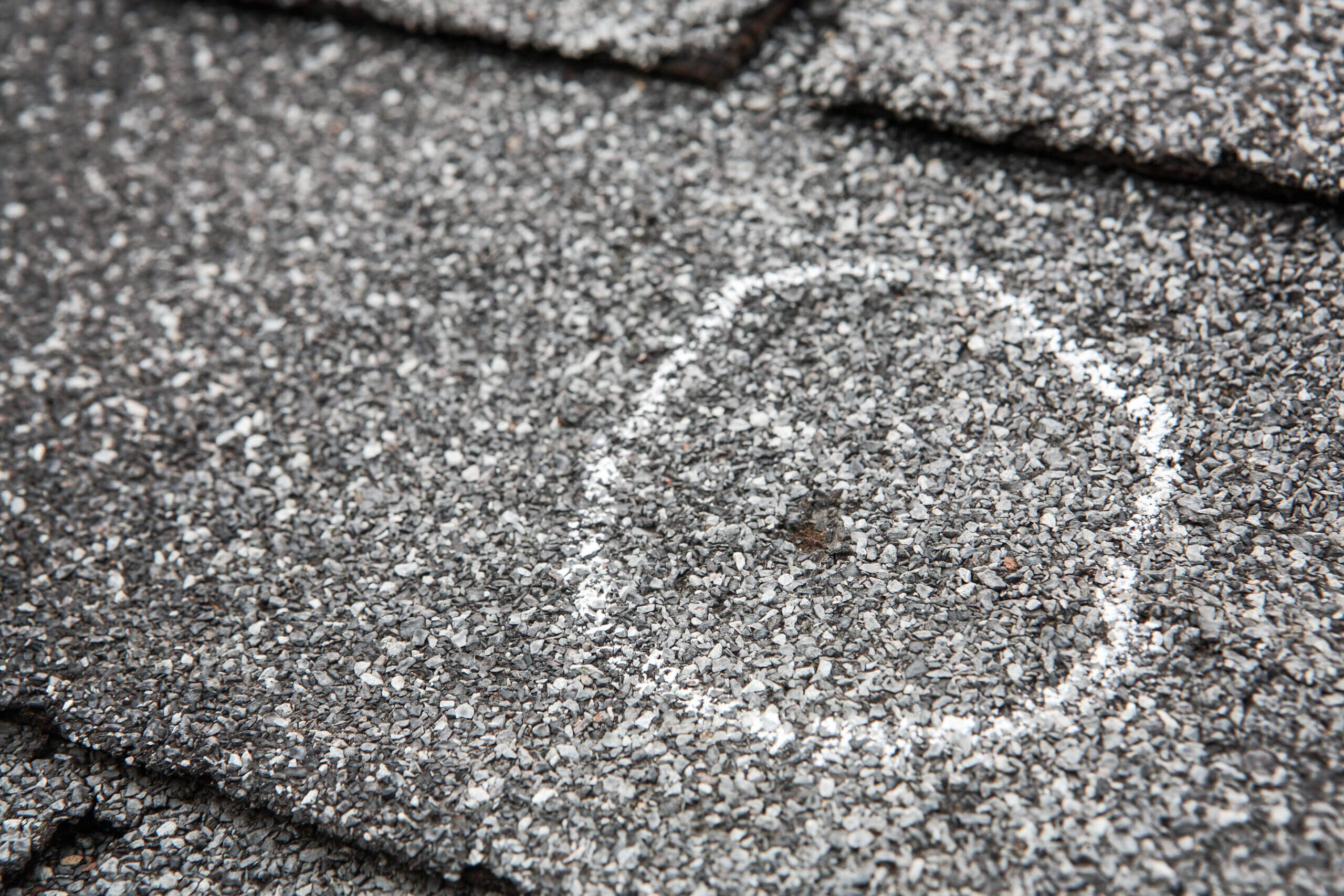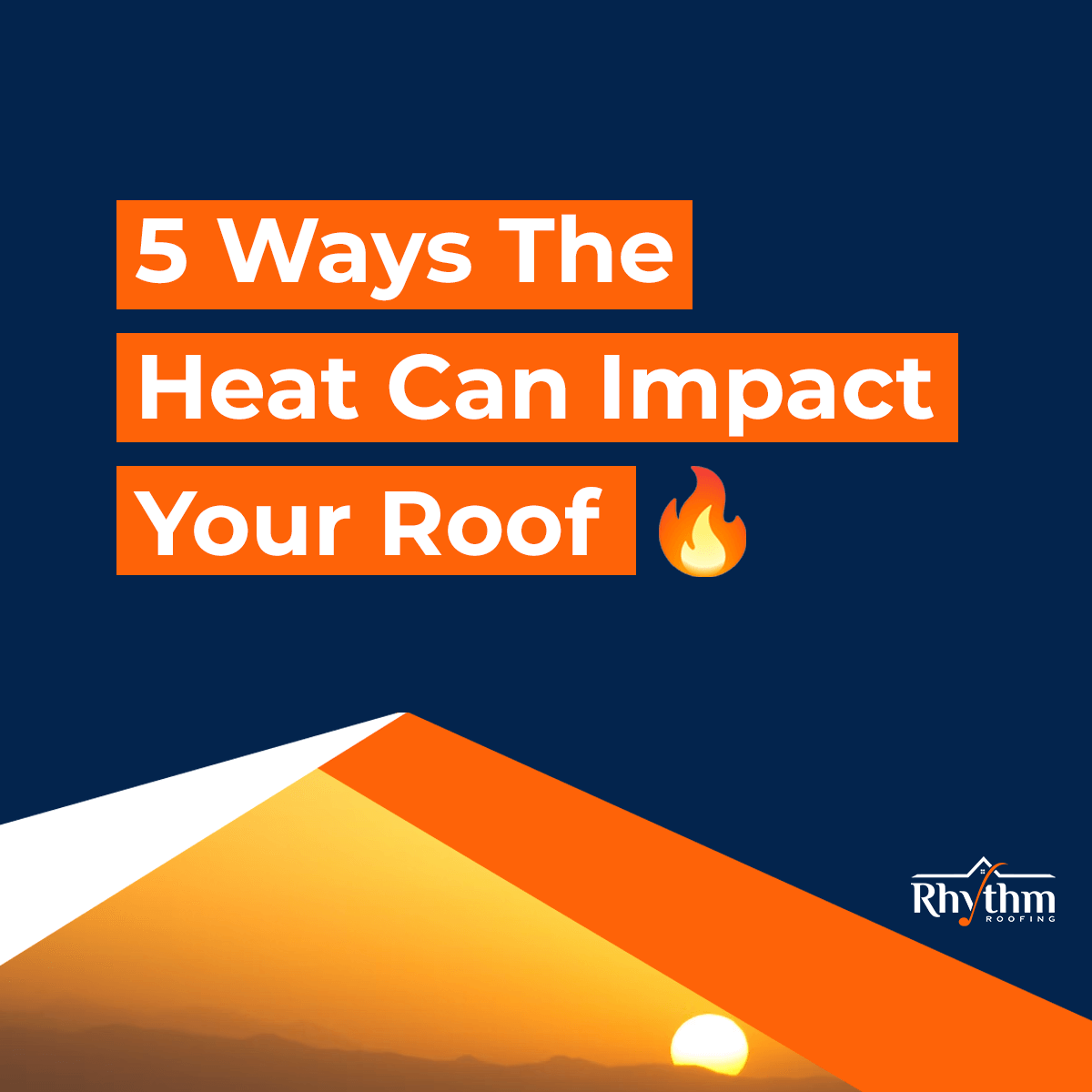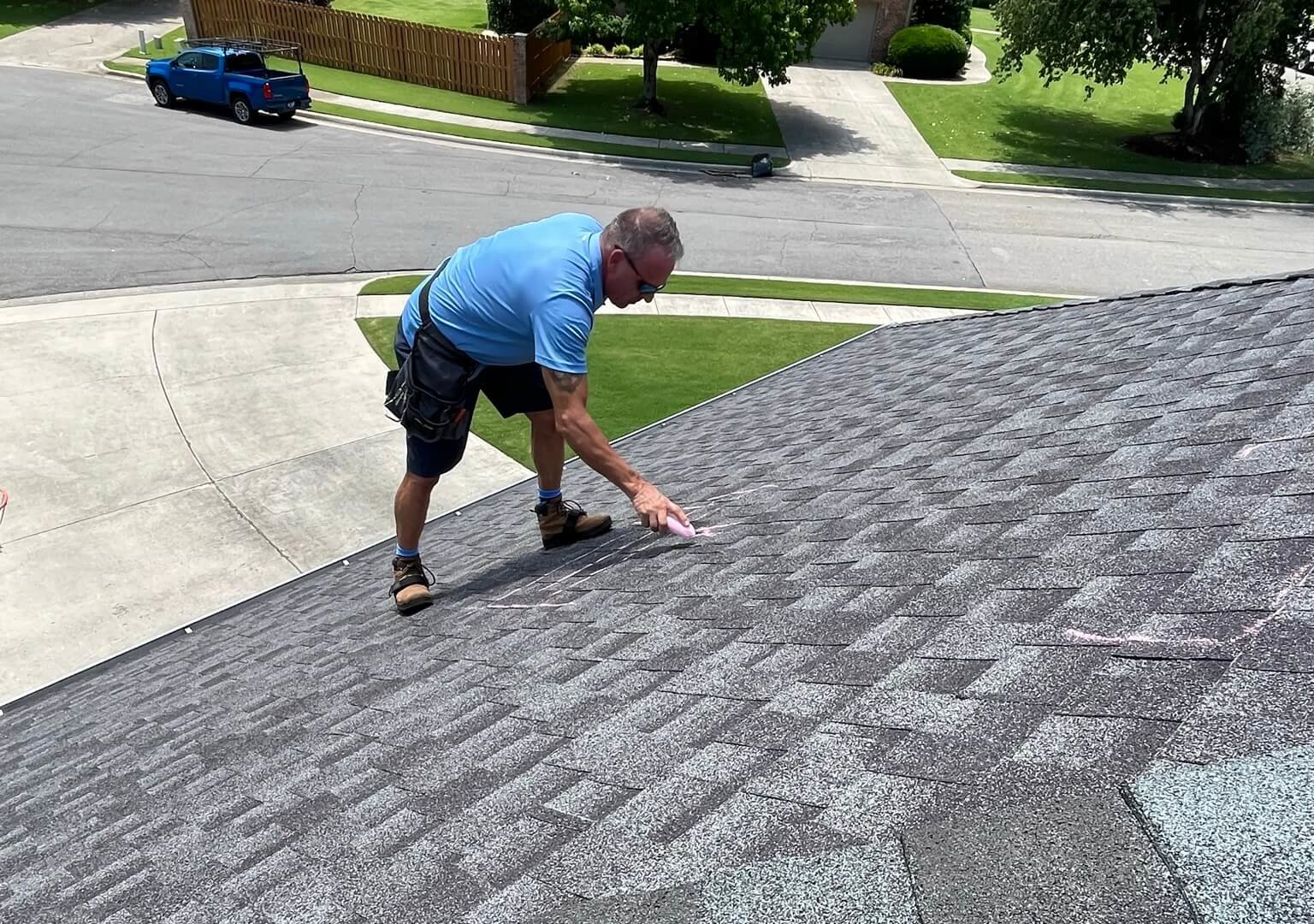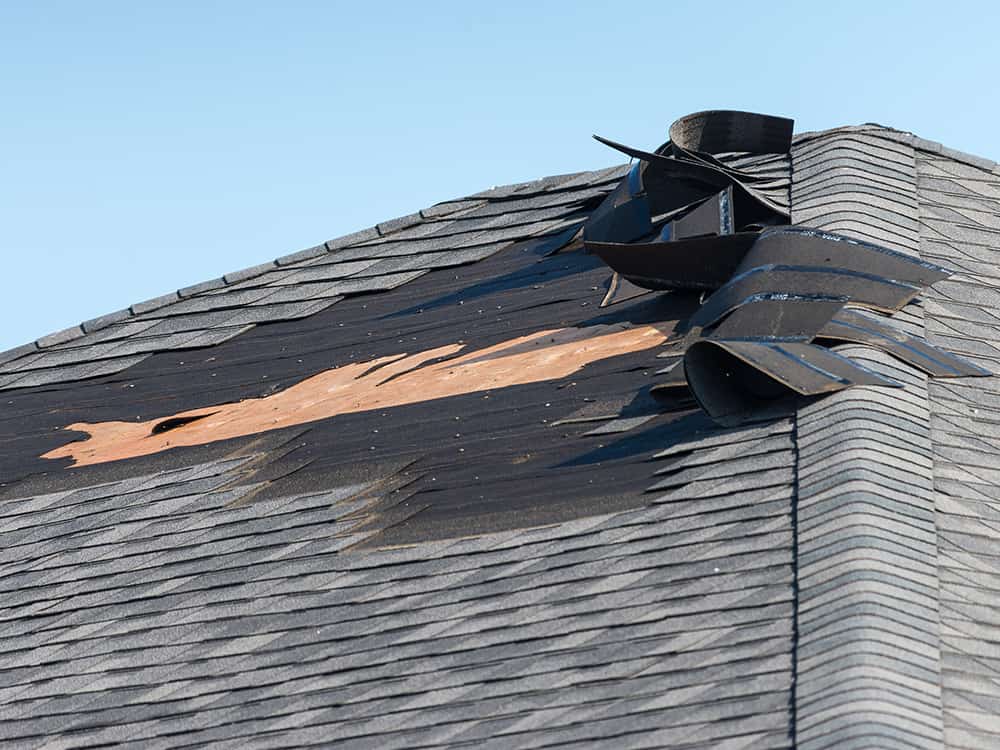Hail can wreak havoc on your home. Here’s how to spot it, fix it, and prevent costly damage!
No one wants a damaged home or roof, but that’s exactly what a bad hailstorm can do. In this post, learn how to spot the telltale signs of hail damage, find out what it takes to fix it, and learn what to avoid hail and other severe weather hazards.
What is hail damage?
During severe weather outbreaks, chunks of ice smaller than peas and as large as baseballs traveling at many miles per hour can rain down from the sky. If they’re still hard by the time they reach the ground, hailstones can cause detrimental destruction to your home…to the tune of eight to fourteen BILLION dollars per year.
In the United States, hail damage sees a significant spike from March through June. The Southeast, including Tennessee and Alabama, are no exception.
What can hail damage do to my roof?
When chunks of ice meet land, wood shake, clay, concrete and other dense roofing materials can be instantly cracked or shattered.
Additionally, hail damage to asphalt shingles may include punctures, fractures, bruises, tears, and most often, the displacement of granules.
Displacement of granules occurs when the granules are knocked off by the impact of hailstones, exposing underlying asphalt to damaging sun rays in the process. This can accelerate cracking, blistering, edge damage, water leaks, and even algae formation. Yikes.
How can I prevent hail damage?
You can’t predict when bad weather will strike, so it’s best to inspect your roof for damage and repair any problem areas. Remove weak branches or trees in close proximity to your home. Store patio furniture and outdoor accessories in an enclosed space. Move your vehicles into a garage or use a hail protector cover to avoid costly repairs.
Schedule your roof inspection now!
If you suspect you might have hail or storm damage for any reason, call us ASAP. Hail and wind damage constitutes an insurable loss that your carrier is required to cover, as long as it’s reported within one calendar year of the storm in question. Plus, since hail is considered an “Act of God, it will not increase your insurance premiums like a leaky toilet or broken pipe would. That’s why there’s no reason to avoid inspecting your roof now, before your storm date passes and your insurance company is no longer accountable to you.



